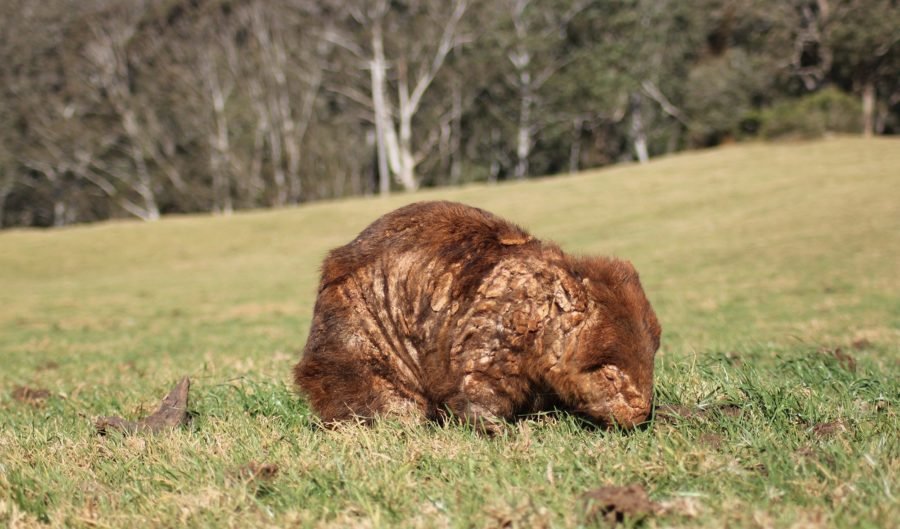Wildlife carers will soon be able to treat mange for wombats

SARCOPTIC MANGE is one of the biggest killers of Australia’s wombats, despite the fact that it’s treatable. The biggest issue has been the distribution of treatment and funding. But now, WIRES says it will offer wildlife carers the opportunity to learn how to treat mange with an online course.
Kristie Harris from WIRES, told Australian Geographic that as the largest wildlife rescue group they have a unique role to play in the treatment of mange. “Messaging around mange has been confusing for many years as treatments were often changing and permits difficult to come by,” she said.
“We wanted to create a training course to clear up the messaging and empower people to get involved. The course will be online so that wildlife carers, even in isolated areas, can access the information.”
It’s estimated that mange affects around five per cent of the overall wombat population in Australia, but is present in 90 per cent of local populations. Many WIRES wildlife carers have personally witnessed local populations go extinct from mange.
A skin infection caused by a parasitic mite, mange ensures a slow and painful death for wombats. “The irritation usually starts on their underbelly then moves up the body and onto face of the wombat,” Kristie explained.
“Initially the skin will be red, then the skin will become crusty and thick which is extremely itchy for the wombat. They are so irritated that they struggle to sleep. Their fur falls off. When their skin thickens around the eyes and ears, they lose the ability to see and hear.”
WIRES recently received a permit to start using cydectin on wombats, the best treatment for mange, and the online course is following suit to help inform wildlife carers of its proper use.
Kristie said, however, that garnering community support is the biggest challenge. “In the majority of cases wombat burrows will be on private land. We depend on the community to recognise and report the sick wombats. We then need the land owners to trust us to treat the wombat by allowing us to access their properties.”
The relationship between landowners and wombats hasn’t always harmonious, Kristie said. “Unfortunately, wombats don’t understand property lines. Wombats burrow under fences, gates, sheds and houses. Wombats can damage property but we work with land owners to find solutions and show them the value of this species.”
At the moment, wombat mange isn’t recognised by any states as a conservation issue, which Kristie puts down to a lack of data. “Mange not only directly affects the population levels as it kills individual wombats, but wombats which are severely affected will not mate, interrupting the breeding cycle,” she said.
“I think if we do not act swiftly, we may be facing another endangered wombat species in the not too distant future.”
The course is currently in development and will be available by the end of next month.

